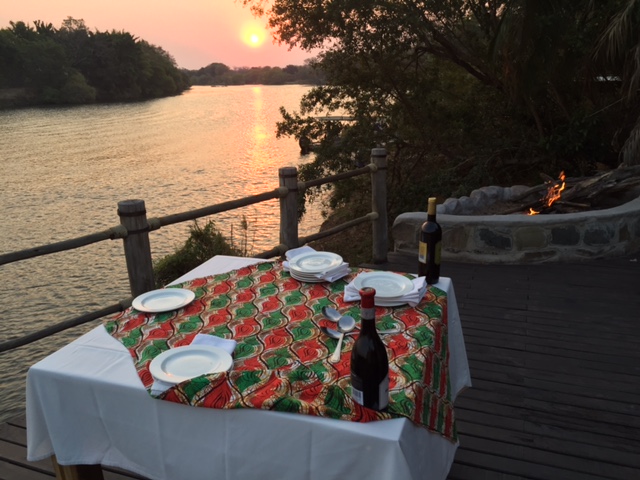 We stayed at 4 different lodges in Botswana and Zambia, all with a distinct feel of their own and all perfectly situated in a pristine chunk of wilderness. Service was impeccable at all the lodges. Servers would greet you by your first name when presenting a rolled-up cool wash-cloth scented with mint, lemongrass, or lavender after each game drive. Dining went way beyond expectations, with fresh fruit in the morning followed by eggs and omelets anyway you like and thick lean bacon. All washed down with strong French-press coffee. Entrees at night included the local game, kudu, beef, fish, chicken, and good vegetarian choices like a tasty wild mushroom lasagna. Dinners were always served with a selection of quality South African wines.
We stayed at 4 different lodges in Botswana and Zambia, all with a distinct feel of their own and all perfectly situated in a pristine chunk of wilderness. Service was impeccable at all the lodges. Servers would greet you by your first name when presenting a rolled-up cool wash-cloth scented with mint, lemongrass, or lavender after each game drive. Dining went way beyond expectations, with fresh fruit in the morning followed by eggs and omelets anyway you like and thick lean bacon. All washed down with strong French-press coffee. Entrees at night included the local game, kudu, beef, fish, chicken, and good vegetarian choices like a tasty wild mushroom lasagna. Dinners were always served with a selection of quality South African wines.
I did a walk-through of each our accommodations on video, so please press the links below to get a more intimate portrait. Our first lodge,
Stanley’s felt remote, lost in the Okavango Delta. We passed one other vehicle in two days and that was from Sanctuary’s sister property, Baines. I loved dining under the stars and then sitting around the campfire afterwards. The recently remodeled
Chief’s Camp in the Moremi Game Reserve deserves all the accolades it’s receiving, like a recent mention in London’s Sunday Times calling it the “the most luxurious safari camp in Africa." Rooms are spacious and ultra-sybaritic, with plunge pools, outdoor showers, and a huge deck to watch the baboons and elephants at the nearby watering hole. The contemporary art in the main lodge was stylish, not garish, and the masseuse, Tumi, won rave reviews from our crew.
Chobe Chilwero overlooks the Chobe River and Namibia on the opposite shores. We savored the moment when we returned from a majestic cruise on the river to find a luxurious bubble bath waiting for us.
Sussi and Chuma felt entirely authentic, especially after having lunch at the over-the-top Colonial outpost, the Victorian Fall Hotel. Built on an elevated walkway, all rooms overlook Zambia’s Zambezi River. One memory I won’t soon forget is downing a strong vodka tonic, thanks to my favorite bartender, Vincent, on the deck overlooking the river at sunset. A campfire was roaring, the reddish-pink sun was reflecting off the waters, and hippos were grunting in the background. This is the image I want to hold onto as long as possible, at least until I return to the continent.
In 1891, the city of San Antonio held a single parade to honor Davy Crockett, Jim Bowie, and the other heroes of the Alamo and the battle of San Jacinto. Fiesta has since grown to an 11-day event in late April that features live music, art fairs, and a slew of parades including The Texas Cavaliers River Parade, which I’m headed to tonight. As soon as my flight landed yesterday in San Antonio, I took a taxi to Market Square, the largest mercado north of Mexico to take in the festivities with the crowds. There were bands playing, churros and funnel cakes cooking, and a frenzied crowd dancing and drinking margaritas and cervezas under the hot sun. I made my way to Mi Tierra, a beloved Mexican restaurant on the square since 1941. The line was an hour long, but since I was traveling solo, the woman at the desk told me to try and get a seat at the back counter. I found the last seat next to the mariachi band on break and ordered enchiladas with a sweet and spicy mole sauce. One bite and I was happy to be back in town.

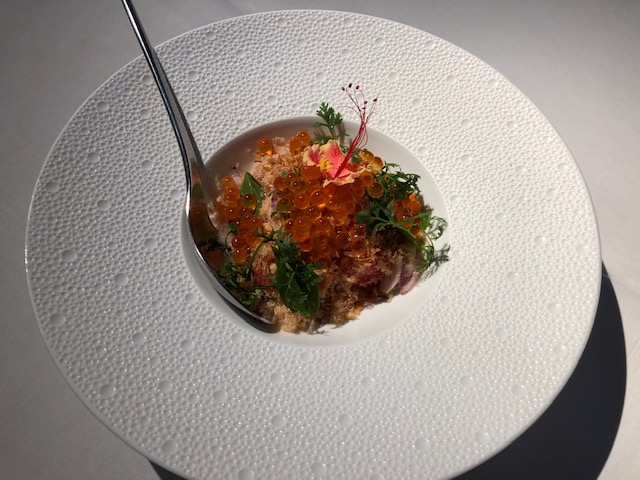 We were hungry as soon as we arrived at our room at the
We were hungry as soon as we arrived at our room at the 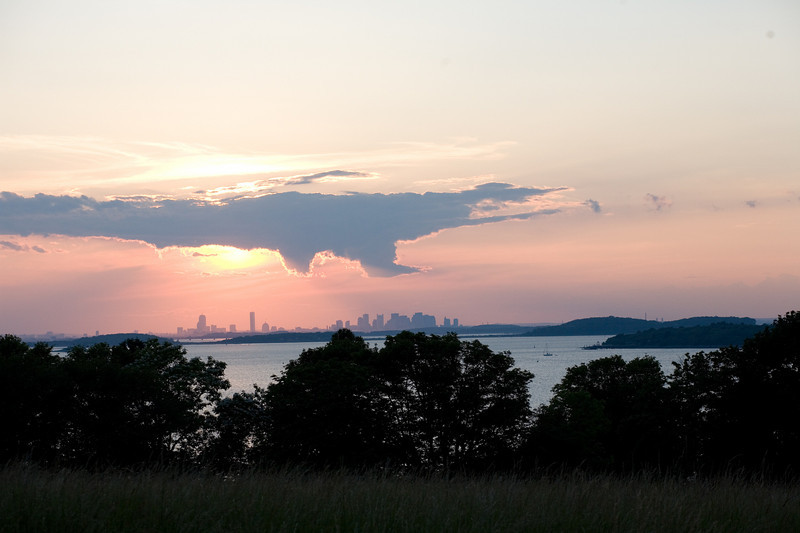
 The Trustees purchased the 36-acre
The Trustees purchased the 36-acre 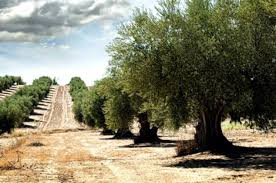 With concerns over mislabeling and outright fraud, extra virgin olive oil isn’t looking so virginal these days. Even New York Times is getting in on the joke with
With concerns over mislabeling and outright fraud, extra virgin olive oil isn’t looking so virginal these days. Even New York Times is getting in on the joke with 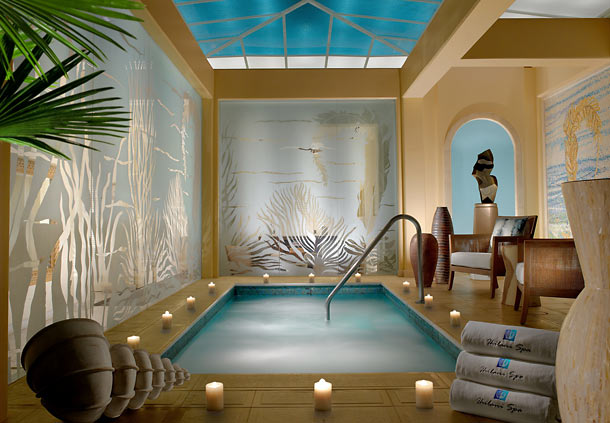 A good massage is like a good entrée. One taste and you know whether the dish is sublime (like the blackened ahi tuna at
A good massage is like a good entrée. One taste and you know whether the dish is sublime (like the blackened ahi tuna at
Buenos noche!!!! so glad you are enjoying. love and hugs, g